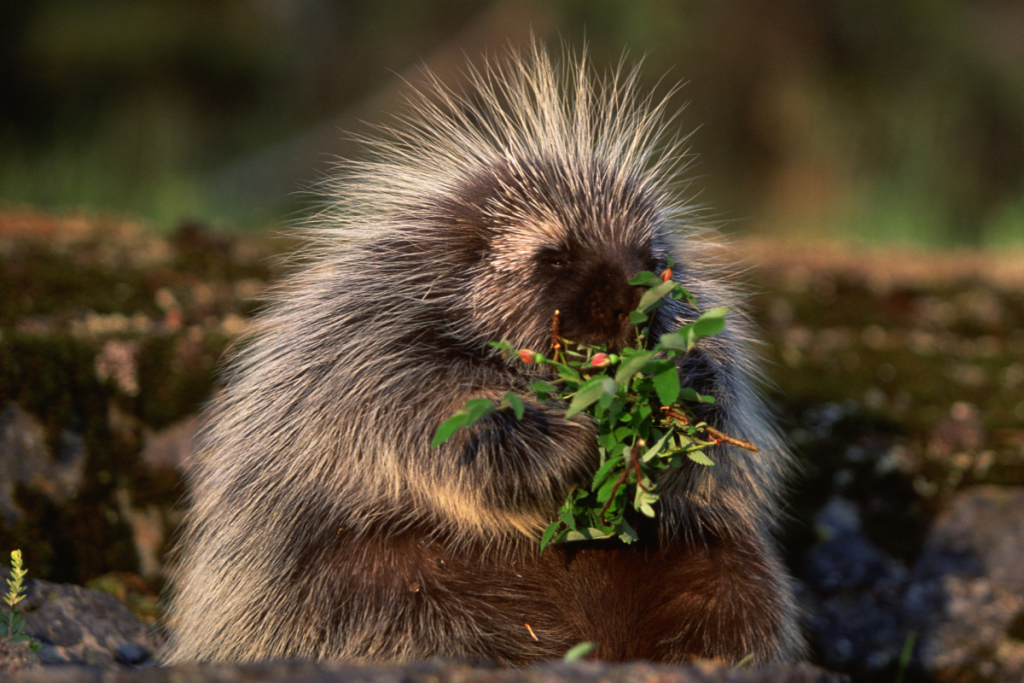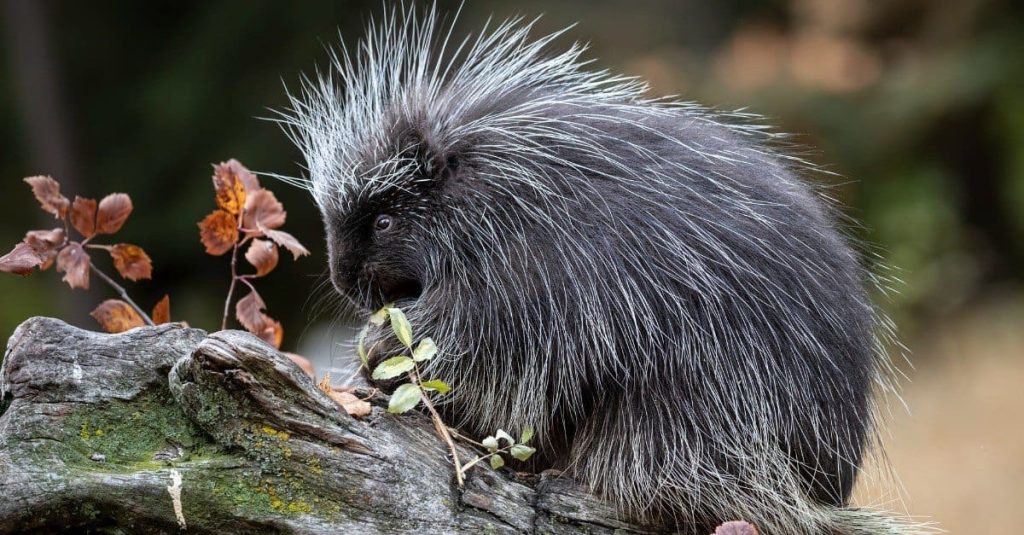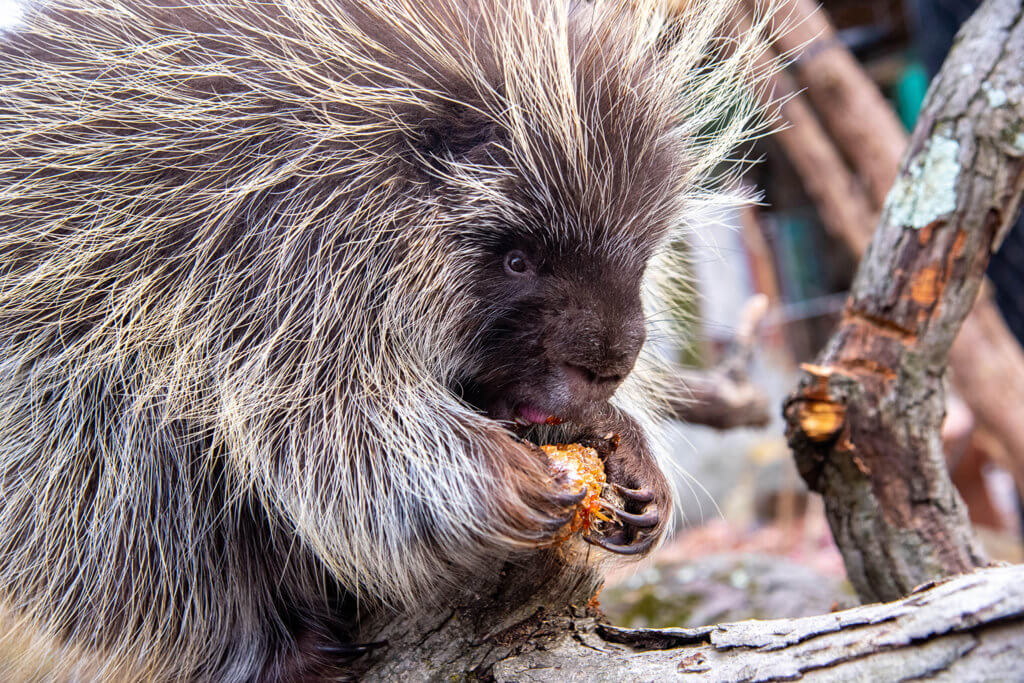Porcupines are fascinating creatures known for their distinctive quills and unique adaptations. Understanding the lifespan of porcupines is essential in comprehending their life cycle and the challenges they face throughout their lives. In this article, we will explore the lifespan of porcupines, factors that influence their longevity, and their life stages.

The lifespan of porcupines can vary depending on several factors, including the species, habitat, and environmental conditions. On average, porcupines have a lifespan of around 5 to 7 years in the wild. However, some individuals have been known to live up to 10 to 15 years or even longer in captivity.
One of the primary factors influencing the lifespan of porcupines is predation. Porcupines have a few natural predators, including large carnivores such as cougars, bobcats, and fishers. The ability to defend themselves with their sharp quills acts as a deterrent for many predators. However, encounters with predators can still occur, especially during the porcupine’s early life stages when they are more vulnerable. Survival rates also depend on the availability of suitable habitat and prey resources, which can influence the population density of both porcupines and predators.
Another factor that affects porcupine lifespan is the availability of food sources. Porcupines are herbivores and primarily feed on the inner bark, leaves, and twigs of trees. They have a particular affinity for the cambium layer of trees, which is highly nutritious. The availability and quality of their food sources can impact their overall health and survival. In regions with limited food resources or where their preferred trees are scarce, porcupines may face challenges in finding adequate nutrition, which can affect their longevity.
Environmental conditions also play a role in porcupine lifespan. Porcupines are adapted to various habitats, including forests, deserts, grasslands, and even rocky terrain. Extreme weather events, such as droughts, severe winters, or habitat destruction, can negatively impact their survival. Harsh climates and limited resources can increase stress levels and make it more challenging for porcupines to find food and shelter. Additionally, environmental changes caused by human activities, such as deforestation or habitat fragmentation, can further threaten porcupine populations and reduce their lifespan.

The life stages of porcupines include infancy, adolescence, and adulthood. Porcupettes, as newborn porcupines are called, are born fully developed with their eyes open and quills present. However, their quills are soft and pliable at birth, gradually hardening over time. They rely on their mothers for nourishment and protection during the early stages of life. The mother porcupine is highly attentive and will nurse her young for several months until they are weaned and able to eat solid food.
During adolescence, porcupines begin to explore their surroundings and learn important survival skills from their mothers. They gradually become more independent and start seeking out their own territories. This is a crucial stage in their development, as they learn to navigate their environment, locate food sources, and establish their place within the population.
Once porcupines reach adulthood, they are sexually mature and ready for reproduction. This typically occurs around two years of age, but it can vary depending on the species. Porcupines have a breeding season, during which males become sexually active and engage in courtship behaviors to attract females. After successful mating, females undergo a gestation period of around six to seven months.
Porcupines have a unique reproductive mechanism called delayed implantation. After fertilization, the embryos do not immediately implant in the uterus. Instead, there is a delay of several months before implantation occurs. This adaptation allows for optimal timing of birth in relation to environmental conditions, ensuring that offspring are born during the most favorable seasons when resources are abundant.

The lifespan of porcupines can be influenced by various factors, and the average lifespan of 5 to 7 years in the wild is relatively short compared to many other mammals. However, it is important to note that individual porcupines can live longer, particularly in captivity where they may receive consistent care, protection, and ample food resources.
As we strive to protect and conserve porcupine populations, understanding their lifespan and the factors affecting it is crucial. Conservation efforts should focus on preserving their habitats, protecting them from human-induced threats, and promoting sustainable practices that ensure the long-term survival of these unique and valuable creatures. By safeguarding their habitats and addressing the factors that impact their lifespan, we can contribute to the well-being and longevity of porcupine populations for generations to come.